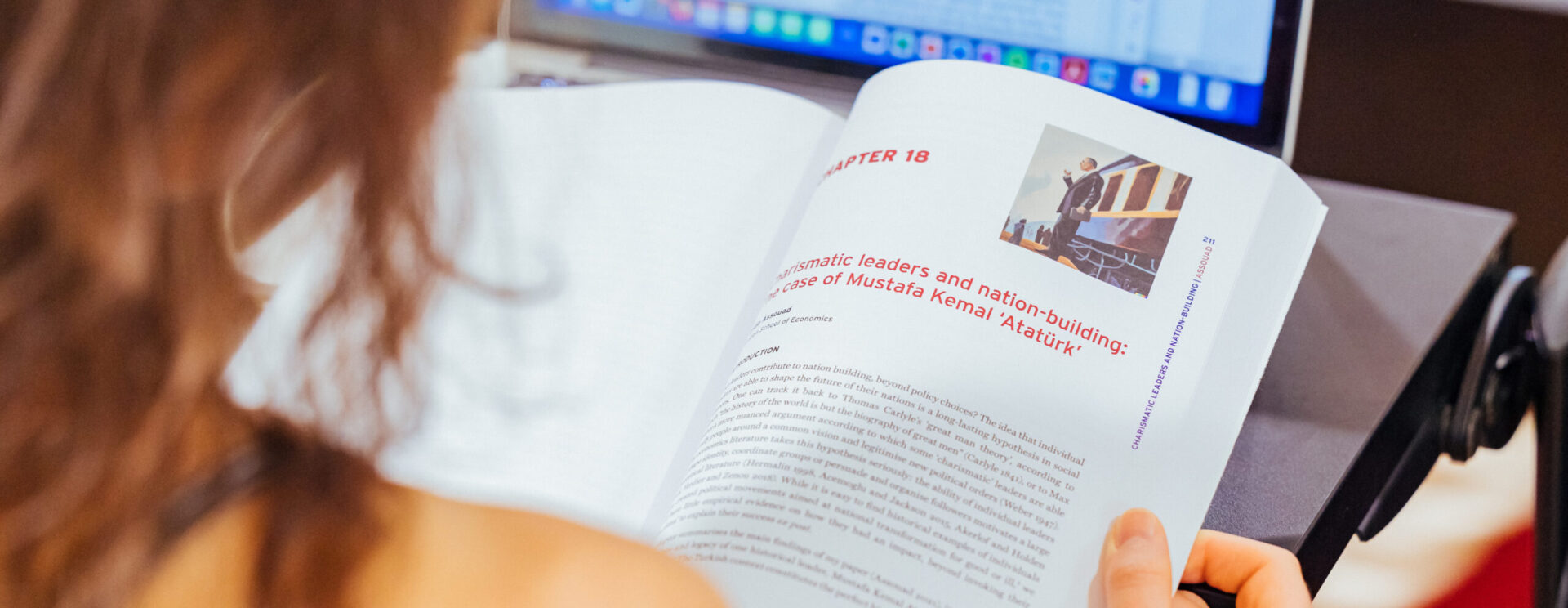Characterizing ground motion of historical earthquakes. Study of Sant’Agata del Mugello combining building archaeology, earthquake engineering and seismology
Thesis: A fault is charged during (hundred-) thousand years, then the accumulated elastic energy is released in few secondswhen an earthquake occurs. To correctly assess seismic hazard it is of capital importance to study the seismic history.Over the last decades approaches such as historical seismology, archaeoseismology and paleoseismology have beendevelopped chasing alternative sources of information. Among them, historical buildings witnessed ancient earthquakesas “stone seismometers” recorded in their walls as structural disorders and repairs. I develop an innovative methodologyconnecting building archaeology, seismology and earthquake engineering. I aim to show that archaeological characteri-zation of post-seismic repairs on historical buildings can successfully infer key ground motion characteristics of historicalearthquakes. The test case is the medieval church of Sant’Agata del Mugello, an exceptional site with many historicalsources describing the damages induced by past earthquakes, and their renovation. The site is located in the Mugellobasin (Central Apennines, Italy, Tuscany), characterized by a moderate seismicity. The largest known events occurredin 1542 (Mw 6) and 1919 (Mw 6.3). I first trace the seismic history of the church by combing a stratigraphic analysisof the buidling with an in-depth study of historical texts. A CAD-based model of the current church is designed from alaser scanner survey. A CAD-model of the church before and after each historical earthquake is then extrapolated fromthe current church and its deduced constructive history. I have developed an ad hoc meshing code to generate a finiteelement mesh from the CAD-based model. We perform two ambient vibration testing survey in the church. 8 modes ofvibration (natural frequency, modal shapes and damping ratio) are estimated. A Vibration-Based model updating basedon the identified experimental parameters and the constructive history of the church allows to calibrate the numericalmodel of the church in its linear part. A continuum damage model is used to identify the limit of the linear model of thechurch. I then focus on the study of the 1919 non damaging earthquake. A collection of waveforms compatible with theseismotectonic context is selected, corrected, and used to solicit the updated linear digital model of the church. I showpreliminary results to discuss the ground motion characteristics of the 1919 earthquake.
Keywords
- Sant’Agata del Mugello
- Building archaeology
- Operational modal analysis
- Finite element model
- Vibration-based model updating
- Continuum damage model
- Linear dynamic analysis
- Historical ground motion
- Apennins
Issuing body(s)
- Ecole Normale Supérieure (ENS), Paris, FRA.
Date of defense
- 09/02/2021
Thesis director(s)
- Hélène Lyon-Caen
URL of the HAL notice
Version
- 1
